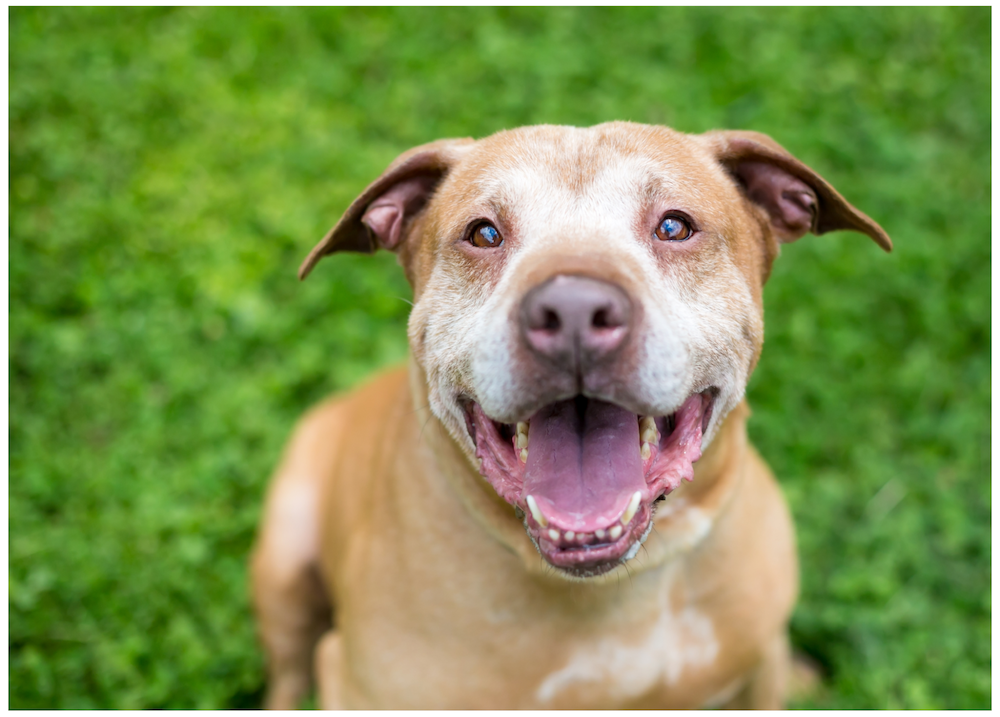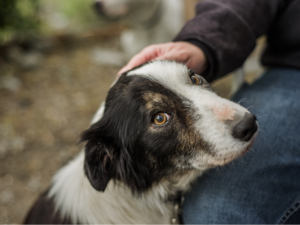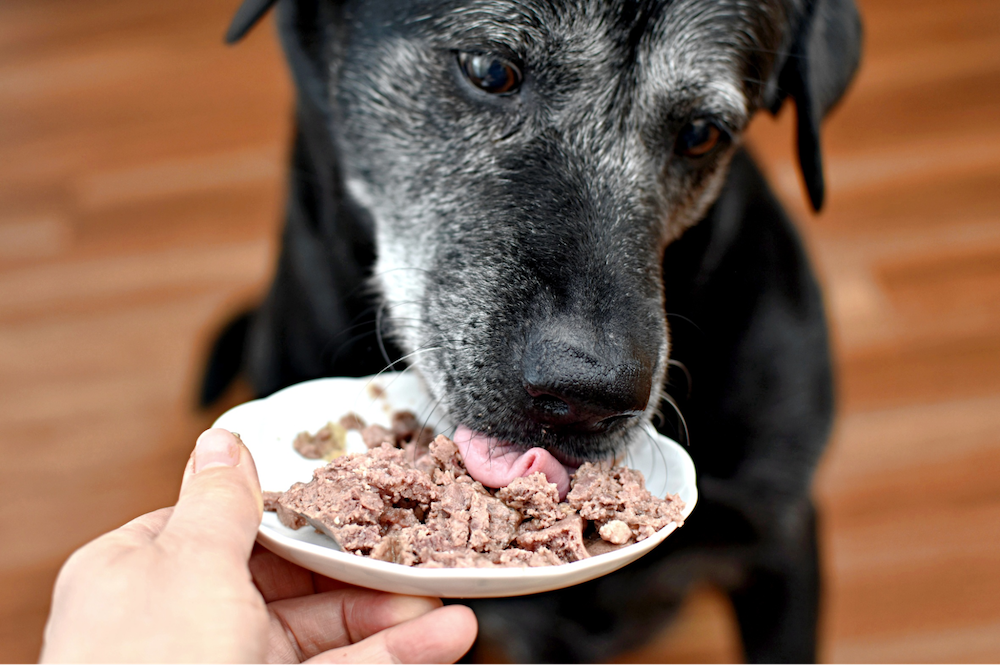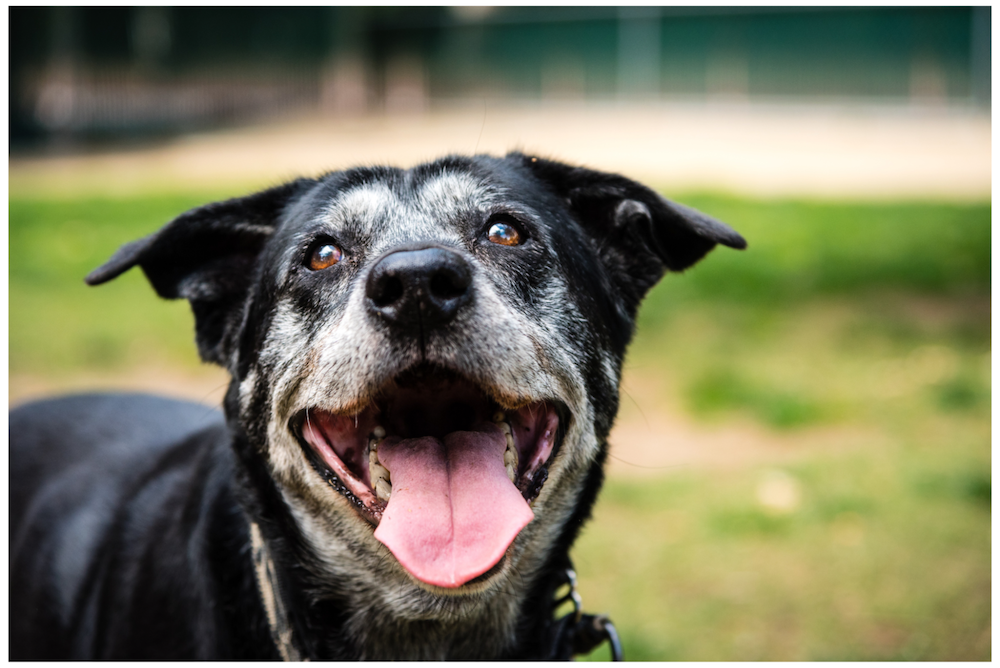The Golden Years: Caring For Senior Dogs

Doesn’t it seem like yesterday they were your rambunctious little pup? Their energy was boundless. They could play endlessly. They captured your heart instantly, and you were all in. And by all in, you’ve spent years getting to know everything about your furry best friend, and they returned their love for you a million times over.
As the years have passed, you’ve shared a special bond that is impossible to replicate – it’s one of a kind. So, it can be hard for pet parents to face the fact that their beloved bestie is getting older. Their youthful spirit makes us believe they will not only always be young at heart but live on forever, so we often overlook or dismiss signs of their advancing age and convince ourselves that our best furry friends will be with us forever. For the benefit of your old pals and even yours, acknowledging their senior status is essential so you can enhance their quality of life as their journey takes them into this next stage.
When does a dog reach senior status?
Dogs are generally considered a senior around the age of 7. However, the age dogs are considered seniors varies depending on their breed. Smaller dogs tend to enter their golden years around 10, medium-sized at 8-10, and giant dogs at 5-6. Keep in mind this is simply a guide – these numbers don’t take into account genetics and lifestyle, which play a significant role in the aging process.
As their BFF, you know your furry companion best and when they are starting to enter their senior years, you’ll see subtle changes in their appearance, like graying around their muzzle or eyes. The pep in their step may look a little less peppy, and jumping on and off your bed or couch may be a tad more challenging. To help your furry old-timer thrive, we’ve rounded up some valuable tips.
 How To Help Your Dog Grow Old Gracefully
How To Help Your Dog Grow Old Gracefully
1. Be Playful & Hang with Friends!
Just like humans, moving helps keep their muscle mass which helps stabilize their metabolism. Without exercise, their bodies become frailer as the years go on, and they have a harder time keeping off those extra pounds.
What You Can Do
Your older dog may be unable to do those long walks or runs anymore, and that’s ok. Smaller stints out and about or doing more playtime around the house or outside can keep your dog moving. Playtime can also include puzzle toys that stimulate their mind. If you find that their activity level is declining, they could be in pain related to their joints. In that case, visit your vet – they can provide treatment plan options.
Keep your pal social. Aside from setting up some playtime with each other, have him spend time with his favorite friends (humans or other dogs). This quality time with others is a big feel-good for them!

2. Achy Joints
It’s good to start learning your dog’s discomfort signs. Some of these signs include changes in appetite, mobility limitations, and behavior. This discomfort can come from arthritis and/or general joint pain, which is very common in senior dogs. Some examples of what this may look like can be difficulty jumping up on your couch, climbing up and down stairs, or no longer moving around as much in colder weather.
What You Can Do
The first step is to make sure their sleeping space or the place they love to chill out in is comfy. A warm, cozy bed will feel so much better than a hard floor and since they tend to get colder as they age, a heating pad under a blanket would be an added bonus. For getting in or on things, investing in a ramp will help them get on the couch, bed or in the car. Elevated water and food bowls, specifically those tilted towards them, can benefit dogs experiencing neck and back problems.
You should ask your vet if there are any supplement options and in extreme cases, they can prescribe medication that manages arthritis or relieves pain.
 3. Calming Their Nerves
3. Calming Their Nerves
As your dog ages, they may become more vulnerable to anxiety or separation distress, so they crave a supportive and comforting environment to ease their stress. Senior dogs may display new anxieties or sensitivities, such as separation anxiety, fear of visitors, or reacting differently to new dogs and noises.
What You Can Do
Maintaining regular routines provides a sense of stability and helps your dog anticipate what to expect. To alleviate age-related anxiety, consider decluttering floors to prevent tripping hazards, engage in more frequent short walks or use food puzzles to stimulate their mental abilities. Provide your dog extra space and time away from strangers or overwhelming stimulating settings. Patience is key, as your dog can still sense your mood and may become further anxious if they perceive your stress. If your four-legged pal shows unusual and concerning anxious or aggressive behavior, it’s important to consult your vet promptly for a thorough examination.

4. Nutrition
What your cute canine eats at this elderly stage is crucial to lead a healthy lifestyle for years to come. Obesity is one of the main issues for older dogs. Their metabolism slows down and a decrease in their activity means they need a well-balanced diet to support their vitality and avoid other health problems like heart and liver issues. A healthy weight also means less stress on their joints and organs.
What You Can Do
Seniors have different nutritional needs vs. their younger pals, including food that is easier to digest, with fewer calories, more fiber, less fat and specific nutrients to help them age well. You should switch their food around age 6 and seek out the AAFCO statement to ensure your dog gets the nutrition they need.
Also, consider moistening their food to make it easier on their teeth and gums. And lastly, of course, we love to spoil our furry friends with all the treats, but that kind of snacking can add to their waistline. Remember, your old fella will love all your belly rubs, head pets and attention, so they don’t always need a tasty treat.
 5. Changes In Routine
5. Changes In Routine
As senior dogs age, some may experience cognitive decline or dementia-like symptoms, leading to confusion, disorientation, or changes in behavior. As dogs age, they may exhibit forgetfulness and struggle with simple tasks or navigating familiar areas. Bathroom accidents may become more common, and they may forget behaviors they once knew. You may think your senior pup is ignoring you, but as your dog’s senses decline with age, they could experience hearing or vision loss. Vision loss may be indicated by clumsiness, decreased movement, or easily startling.
What You Can Do
To adapt to their changing needs, monitor their behavior and adjust their routines or environment accordingly. For example, at nighttime, they may get up feeling a little restless and suddenly get confused. Using nightlights can reduce anxiety and disorientation. Or, consider blocking off unsafe areas of the house where they might get stuck.
If you know your dog has vision or hearing lose, help them navigate through this by approaching them slowly, avoiding quick movements that could be startling. Keep your home environment consistent and clear clutter from the floor.
If your canine’s vibe seems to be abnormally cranky, like exhibiting signs of destructive behavior, having bathroom accidents in your home, or is extra vocal, you should contact your vet for a check-up. They may have something going on that is bothering them.
6. Visit Your Vet
When your pup reaches senior status, regular veterinary check-ups are extra important to monitor their overall health and catch any potential health issues early to nip them in the bud! Getting the necessary blood work and diagnostic tests on record will give you a baseline to know how your dog’s health is progressing over the years.
Also, going to the vet is a good opportunity to get your dog’s teeth examined thoroughly because dental illness can lead to various health conditions, making it an important aspect to focus on and regularly monitor.

Conclusion
Getting old is hard, and as we all know – it’s not always fun. And when your loyal old-timer can’t tell you all the ailments they have, it’s our job to be their advocate and voice. When they are unable perform some of the activities they once enjoyed, such as taking long walks or chasing a ball for hours on end, they need your unconditional affection more than ever. Especially on those harder days when they have an accident in the house or feel extra grumpy and feeling a little down. By being attentive, understanding and adjusting to their senior years using some of the strategies above, you can provide your senior dog with the reassurance and care they need to navigate the obstacles of aging with as much comfort